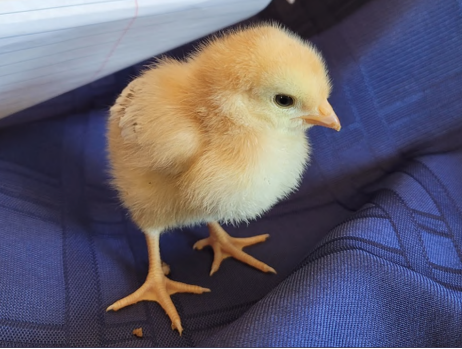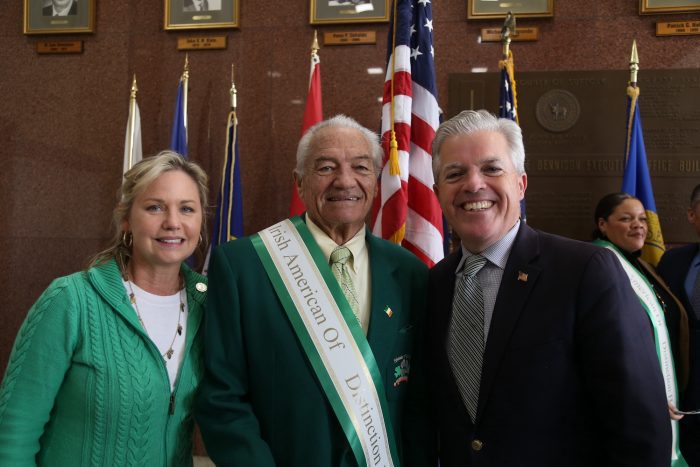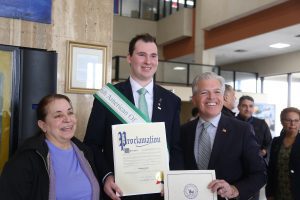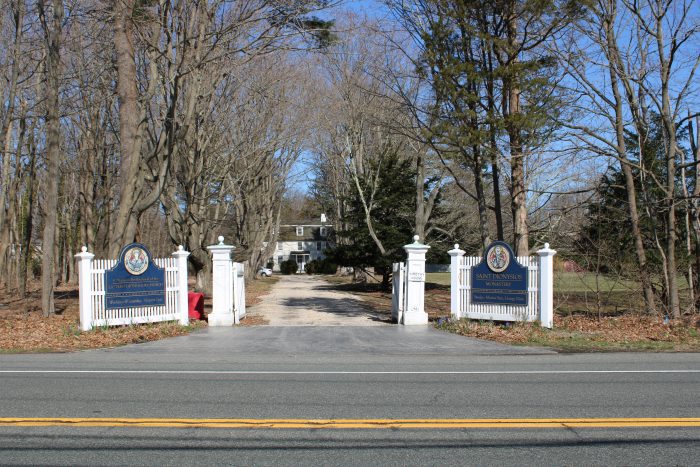By Heidi Sutton
From news articles and feature stories to photography, special supplements, ad projects and classifieds, TBR News Media took home 11 awards from the New York Press Association’s Better Newspaper Contest this year. The winners were announced during NYPA’s annual Spring Conference and Trade Show in Albany on March 31 and April 1.
Over 150 newspapers in New York State took part in the annual event celebrating newspaper excellence with 2,657 entries competing for 380 awards in 73 categories covering the editorial, advertising and circulation efforts of the state’s dailies and weeklies. Members of the Colorado Press Association were tasked with judging this year’s contest.
 “Newspapers create a brand-new product on a daily or weekly basis, 52 weeks a year,” said New York Press Association Executive Director Michelle Rea in a press release. “They work on tight deadlines with small staffs, covering local government, breaking news, sports, business, entertainment, and more. Receiving recognition from their peers in another state is affirming and energizing. We salute them for the top quality, important work they do.”
“Newspapers create a brand-new product on a daily or weekly basis, 52 weeks a year,” said New York Press Association Executive Director Michelle Rea in a press release. “They work on tight deadlines with small staffs, covering local government, breaking news, sports, business, entertainment, and more. Receiving recognition from their peers in another state is affirming and energizing. We salute them for the top quality, important work they do.”
TBR News Media’s weekly opinion piece, D. None of the Above by Daniel Dunaief, captured first place for Best Column. In reviewing the three submissions — “The complexities of plural nouns and words for animal groups,” “From Suffolk, UK, to Suffolk, NY, a family reflects on the late queen,” and “Seeing teachers through the eyes of an appreciative child” — the judge wrote, “Imaginative and compelling. Fun storytelling that makes for an easy read.”
Editor Raymond Janis won second place in the Coverage of Local Government category. Regarding his submissions of the articles “Uptown Port Jeff undergoes transformation” and “On the edge: Port Jeff Village weighs the fate of its country club,” the judge commented, “This reporter delves deep into a complicated story about a town landmark and development pressures and how a community can approach preserving a delicate area in the face of continued deterioration. Nicely written, well-sourced and clearly a story that is of deep interest to this community. This kind of coverage is the hallmark of strong local reporting.”
Janis also received an Honorable Mention in the Best News or Feature Series category for covering the Town of Brookhaven’s redistricting process.
TBR News Media was honored with second place in the Best Local Business Support Campaign category for its annual People of the Year feature which honors community members who have shared their time and talents to enhance the place they live for the benefit of all. “Nice program,” wrote the judge. “Shows involvement in the community. And involves the community.”
Managing editor Rita J. Egan received an Honorable Mention in the Best Feature Story category for her article titled “Town to move Roe Tavern back to North Country Road in East Setauket.” The judge wrote, “I like the way this combined current and historic information.”

The paper’s resident cartoonist Kyle Horne also received an Honorable Mention in the Best Editorial Cartoon category for an illustration related to the Town of Brookhaven’s redistricting process with the judge commenting, “I like the local angle this takes, even though it could be a cartoon drawn for any place in the country, following redistricting.”
Photographer Steven Zaitz won second place in the Best Picture Story category for his coverage of the Town of Smithtown’s Memorial Day Parade. “Good variety of parade photos. Clear photos, good composition and lots of expression!” wrote the judge.

TBR News Media’s annual supplement Harvest Times by editor Heidi Sutton received two third place awards — one for Best Special Section Cover and another for Best Special Sections/Niche Publications in Newsprint — with the judge commenting, “Love the entire fall theme, from festivals, farms to seasonal soup and pie recipes. Creative use of color. Layout is very readable.”
Art/Production Director Beth Heller Mason received an Honorable Mention for Best Small Space Ad for the design of the Pazzo Ristorante and Wood Fired Pizza ad in TBR’s Arts & Eats supplement. “The flames and brick in the background tell you that this is brick oven pizza without ever saying it in words. The ad tells me this is no ordinary pizza!” wrote the judge.
Rounding out the awards, Classifieds Director Sheila Murray won second place in the Classified Advertising category. “I like the way the designer used different line weights to separate sections. Also, the use of white space above and below the line ads makes the pages not feel so cluttered and makes it easier to read the ads. Sometimes designing in black and white can be challenging, but this layout is an example of how to do it right. This was very close between first and second places,” wrote the judge.
“I’m tremendously proud of our staff and grateful for their commitment to excellent journalism. I’m delighted that the awards represent the breadth of our talent, from writing to advertising to art,” said TBR News Media publisher Leah Dunaief. “In addition to it being our job, it is our pleasure to serve our communities.” For a full list of winners, visit nynewspapers.com/nypa.

















































